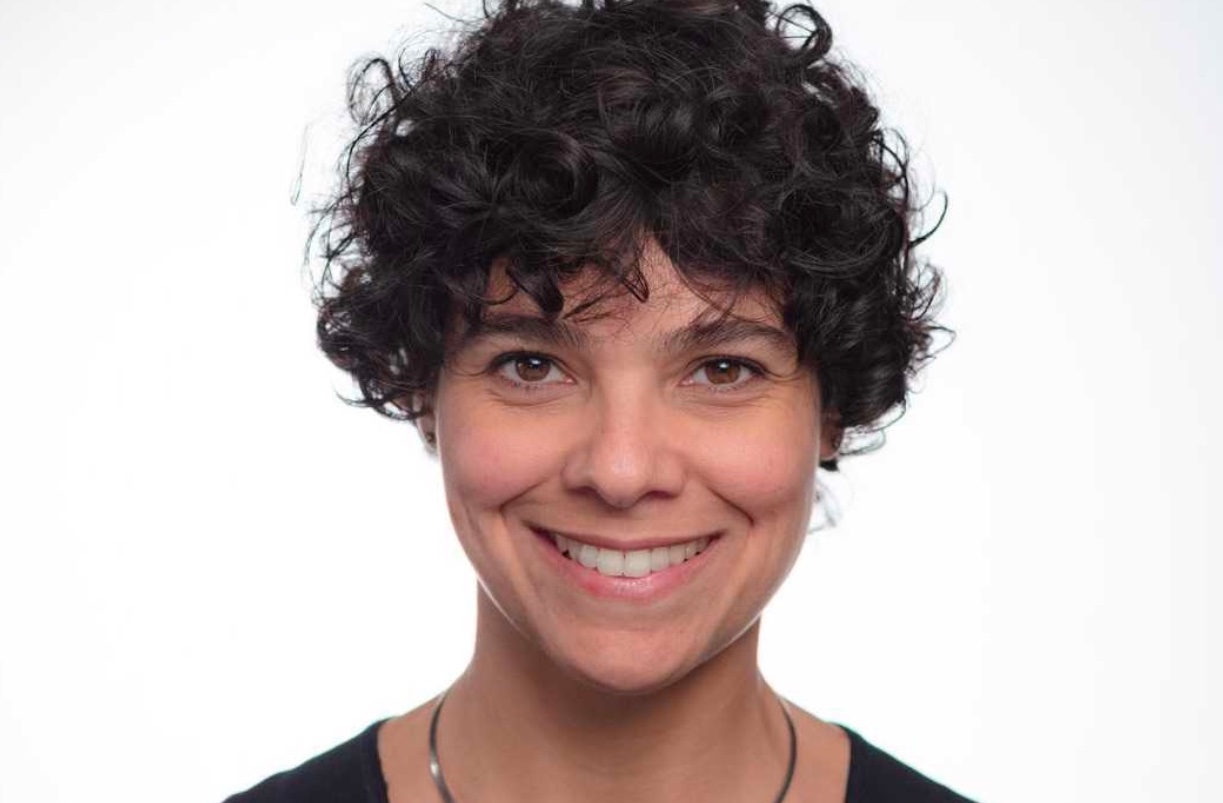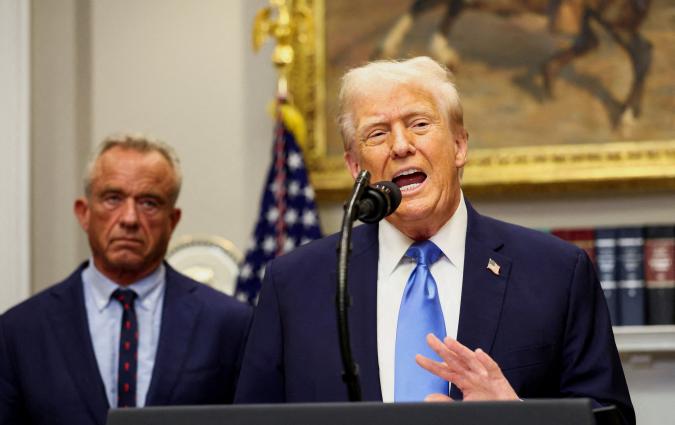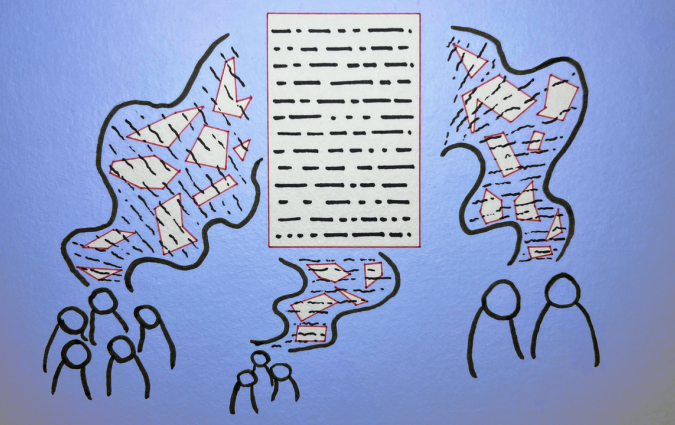Before the attack on Brazil's Capitol, Lupa was already debunking lies on TikTok

Marcela Duarte, Head of Product at Lupa.
Italian journalist Francesco Zaffarano has recently launched a biweekly Substack newsletter, Mapping journalism on social platforms, featuring interviews with people leading news innovation on social media. Here's the first interview he published, lightly edited for brevity and clarity. The original is available at this link. Sign up for the newsletter here.
Marcela Duarte is the Head of Product at Lupa, a fact-checking and media literacy hub based in Brazil. Marcela is a journalist with 20 years of experience who has worked in large national newsrooms, dedicating herself to digital content, innovation, and product. She has also translated The death of truth, a book by New York Times former critic Michiko Kakutani, into Brazilian Portuguese.
Back in December, Lupa received the TikTok Brazil Awards 2022, in the TikTok For Good category, for its contribution to combating misinformation and producing educational content on the platform.
This work is critical in a country where journalism has often struggled to cover politics. Widespread disinformation accompanied the 2022 presidential election. In the first round, far-right candidate Jair Bolsonaro scored higher than expected before losing narrowly to left-wing rival Lula da Silva in the run-off. After the election, thousands of Bolsonaro supporters refused to accept the result. Emboldened by disinformation, hundreds of them stormed the Brazilian Congress on Sunday 8 January in a scene highly reminiscent of the attack on the US Capitol on 6 January 2021. This interview was conducted before the attack.
Q. Can you describe your role at Lupa?
A. I’m head of product at Lupa, where I lead the journalism and education strategy. This means I am responsible for putting the audience at the core of what we do and connecting it to our business model.
Q. How does TikTok fit into your broader company strategy?
A. In 2021, we decided to change Lupa’s focus as a company. Before that, we presented as a fact-checking agency. But we wanted to expand into education and make journalism and education our two pillars. Our ultimate goal was to turn Lupa into a hub to fight misinformation and disinformation.
As part of this plan, we wanted to reach and engage with younger audiences, so we started to think about how we could do that. At some point, we decided to pitch a project to TikTok, so we reached out to the policy team here in Brazil, and they eventually agreed to support it. In 2022 we launched our media literacy project, and TikTok is currently paying us to produce videos focused on media literacy for young users. In the past 12 months, Lupa’s community on TikTok grew by 76%, reaching more than 240,000 people in December 2022.
Q. Why did you focus on media literacy, and why do you think TikTok is helping you with this project?
A. Fact-checking content platforms support should be the norm. However, many platforms are cutting budgets and efforts to contrast misinformation and disinformation. But honestly, fact-checking on its own will not resolve the problem of disinformation. The next step is to educate people so they can recognise correct information when they see it.
As for TikTok, I think they are doing this because, here in Brazil, all platforms have been under pressure to take action. With the general elections, 2022 was a very challenging year, so I think they decided to do this to demonstrate they are trying to do their part.
@agencialupa O fenômeno da desinformação é muito complexo, confira os conceitos do First Draft. Parceria: Tiktok #fujadafake ♬ original sound - Agência Lupa
Q. What kind of content do you produce on TikTok?
A. We have two formats: fact-checking videos and media literacy explainers sponsored by TikTok. The former is the best performing, but the latter generally performs well.
@agencialupa ACM morreu em acidente aéreo após criticar Lula em discurso? Checamos, confira! #acmneto #lula #tiktokinforma #tiktoknoticias #politica #discurso ♬ som original - Agência Lupa
Q. How do you decide what stories to fact-check for your videos?
A. The fact-check videos we post on TikTok are always linked to articles published on the website, and all content on Lupa’s website is based on requests from the community. We receive requests for stories via our WhatsApp bot, Facebook, and DMs on Instagram, Twitter and TikTok. We prioritise the most flagged stories because we want to fact-check only already widely shared stories.
Q. What else does TikTok do to help you apart from supporting you financially?
A. We select a guest TikToker for the monthly live-stream, and TikTok helps us find them among the active creators on the platform. All episodes are hosted by Raphael Kapa, Lupa’s education coordinator. They are generally split into two parts – one more theoretical with Raphael about media literacy, and one that's a conversation between Raphael and a guest TikToker on the episode's topic.
Q. What is the most important thing you've learned while working on TikTok?
A. Your journalists must know how to communicate on different platforms. You need to train journalists to make content for TikTok. It would be best if you refrained from taking an influencer to do the work of a journalist. Initially, we tried to get a creator to be Lupa’s host on TikTok, but it didn’t work.
We trained four team members to become our face on TikTok. We have one journalist who hosts our fact-checking videos and four Lupa team members who work on media literacy content. We still work with influencers, but we figured out it’s best for us to only involve them in live events.
Q. What would you do differently if you started Lupa’s TikTok account today?
A. I would have invested more firmly from the start. We tried to test it very timidly, and a year later, we started investing in the platform.
Q. Can you suggest three accounts we should check out on TikTok?
A. These are three accounts I love:
- @loicsuberville – a guy making fun of the English and French languages
- @bestofvogue – well, this doesn’t need an explanation
- @os22_oficial – a profile about very Brazilian dancing
They are not journalistic accounts, but I think it’s essential for journalists to look at how people use TikTok for all purposes because, for media companies, it is tough to speak the language of TikTok. So you must spend time on the platform and look at how people talk there.
If you want to know more...
- You can watch three samples of Lupa’s videos with English subtitles here.
- Explore Nic Newman’s research on news publishers on TikTok here.
- Find 370+ journalism projects on TikTok here. Do you know an interesting journalism project on TikTok? Flag it here.
- Read Francesco's reflection on why TikTok is not the end of social media here.
Francesco Zaffarano is an experienced Italian digital journalist, currently working as senior audience editor at global development platform Devex. Before this, he was editor-in-chief of Italian social media-first outlet Will Media and has covered a range of roles in social media and audience engagement for several Italian and UK newspapers. Zaffarano has recently launched a biweekly Substack newsletter, ‘Mapping journalism on social platforms’, featuring interviews with people leading news innovation on social media. Here's the first interview he published, lightly edited for brevity and clarity. The original is available at this link. Sign up to the newsletter here.
In every email we send you'll find original reporting, evidence-based insights, online seminars and readings curated from 100s of sources - all in 5 minutes.
- Twice a week
- More than 20,000 people receive it
- Unsubscribe any time






